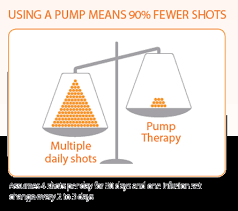As we celebrated St. Patrick's Day last week, I began to reflect of what it’s like to be a person with diabetes living in Ireland.
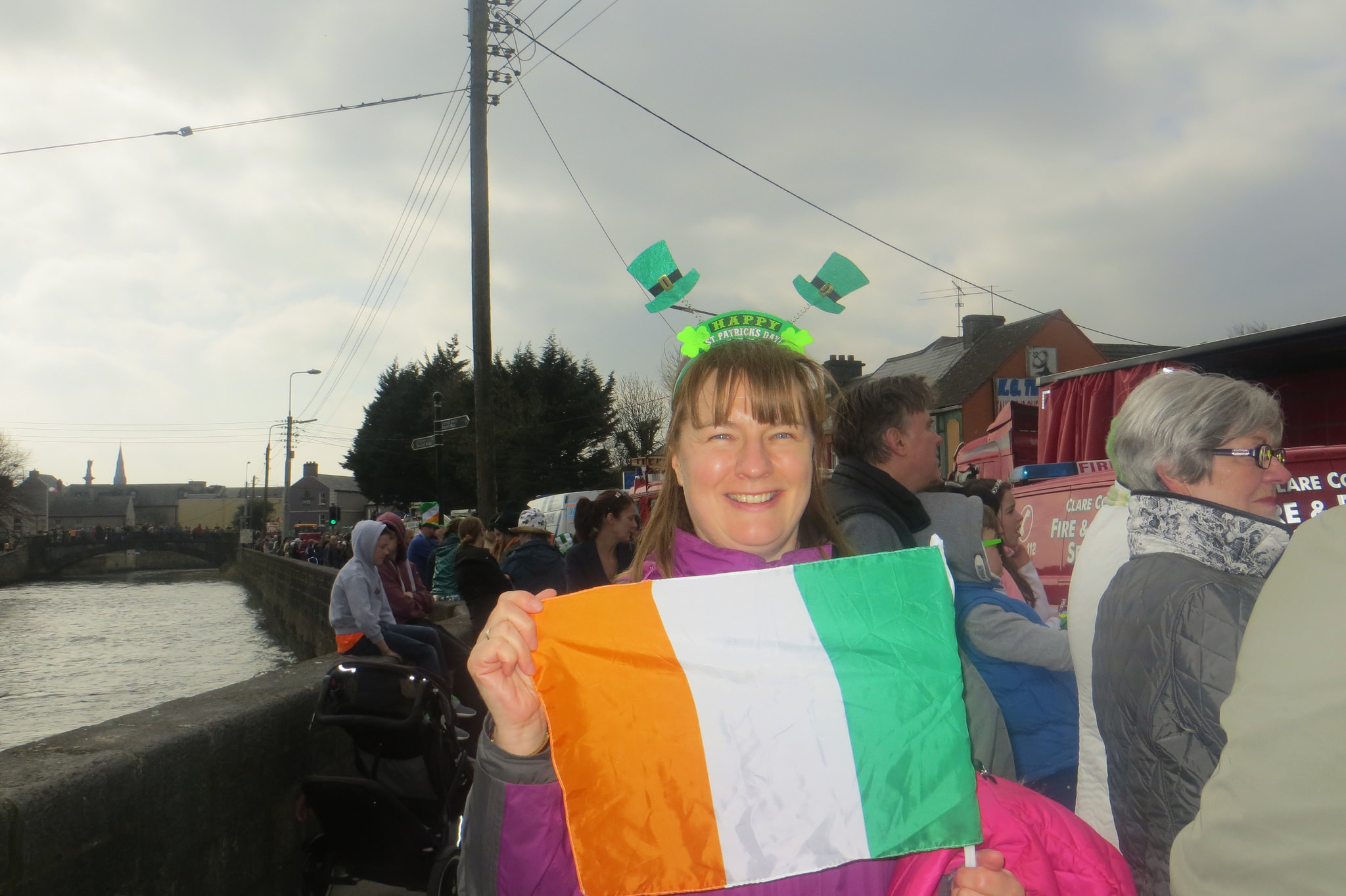
The luck o’ the Irish is often referred to in movies, etc, but in actual fact, when it come to diabetes, I think we should called it lucky to be born in Ireland.
We have socialised medicine here, we called it public healthcare. It gives us free test strips, blood glucose meters, insulin and lots of other diabetes medicine without any stipulations.
Private healthcare is an option here too but it usually only covers hospital treatments, although the insurers are starting to cover primary care visits a little. With private health insurance you could get a private scheduled appointment with an endocrinologist but you don't, in most cases, get the backup of a diabetes nurse specialist or a dietitian.
When I hear stories from my friends in America, especially when I read Riva Greenberg’s piece in the Huffington Post about battling with health insurance companies for diabetes supplies I'm truly thankful that the reason Diabetes Ireland was formed in 1967 was to ensure that diabetes was included on the Health Service’s list of long term illnesses and therefore providing us with free medication and supplies.
We also have excellent health care professionals working in our clinics, just not enough of them.
Sure, there are lots of other things that we don’t have but we are advocating strongly for, such as national access to structured diabetes education, access to psychology, unlimited access to insulin pumps and continuous glucose monitoring.
And dealing with the health care professionals outside of the diabetes setting is frustrating. And yes, I did have to haggle with my diabetes team to make sure I got my insulin pump 6 years ago and my CGM last November. And yes, sometimes I don’t feel listened to at my clinic. But these are problems that are global.
But we don’t have to beg, wrestle or finance our basic diabetes needs.






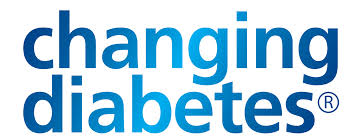





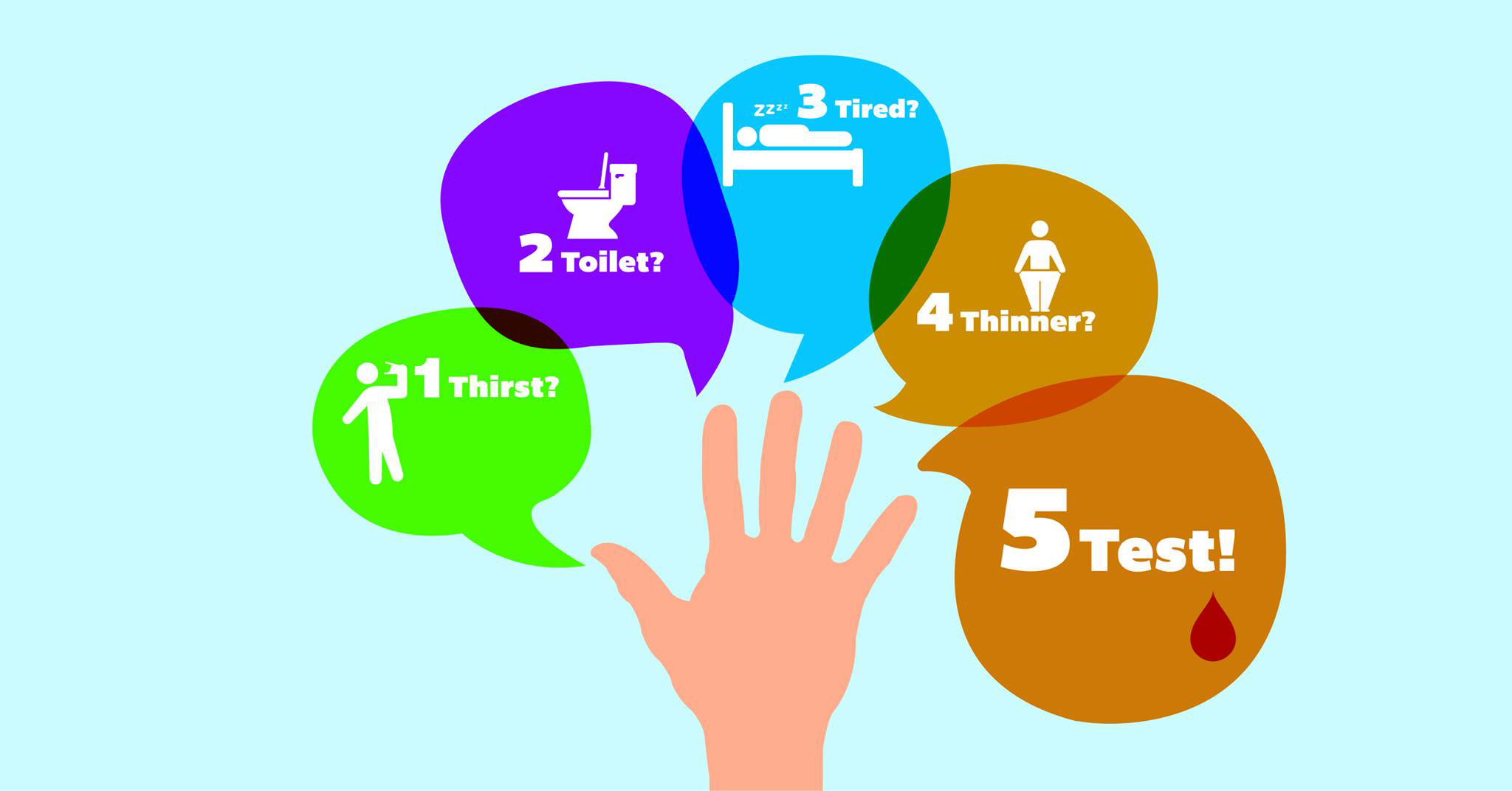
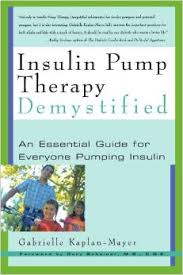 Good diabetes management is possible while using multiple daily injections. An insulin pump won't magically fix most of your problems with your diabetes - they are a lot of work. So if you are interested in moving to a pump, do your homework and find out exactly how you might benefit, google them, read book on them, talk to one of the representatives from the 2-3 companies who provide pumps in Ireland, talk to other people who have used them, and talk to people who tried them and it didn't work.
Good diabetes management is possible while using multiple daily injections. An insulin pump won't magically fix most of your problems with your diabetes - they are a lot of work. So if you are interested in moving to a pump, do your homework and find out exactly how you might benefit, google them, read book on them, talk to one of the representatives from the 2-3 companies who provide pumps in Ireland, talk to other people who have used them, and talk to people who tried them and it didn't work.
